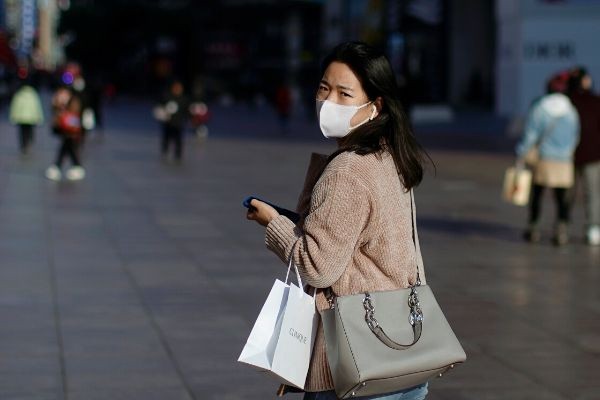
All global count of cases and deaths that are caused by the COVID-19 or coronavirus that had its ground zero in Wuhan is not a comforting fact. It reflects the dire risk of how fast the infection rate is escalating out of control. One other small detail is how to detect hidden coronavirus infections, which is another aspect of the alarming situation. Jeremy Farrar of the Wellcome Trust made this grim statement about the China coronavirus.
Chinese researchers released the virus sequencing in January 11 wherein tests were devised to diagnose if anyone is positive for infection. China's National Medical Products Administration gave the go signal to produce the testing kits from five companies. The response was fast for production of the virus testing kits to be used to detect positve infections.
Increase in the number of positive infections and supply problems with trained staff became a problem how to effectively identify infected patients. Samples were taken from the nose and throat, or lung fluid was collected for confirmed COVID-19 testing. Infection must be active to be detected by the test positively. Efforts are on the way to create tests that detect the antibodies of the coronavirus in the blood.
In Hubei, the second-worst hit has 43,000 positive infections of COVID-19. As the rise in the infection rate got higher in Hubei, more medical supply shortages were announced raising an alarm. Epidemiologist Ian Lipkin of Columbia University, who went to China said the situation is overwhelming. He went into quarantine immediately to make sure. Not everyone got tested for COVID-19, and many were turned away as supplies dwindle. In this scenario, hidden coronavirus infection will remain undetected.
So far, there are no confirmed African infections, because no testing is done in the area. Two labs are available in Africa for COVID-19, said John Nkengasong who leads to African CDC. Fortunately, the virus is not yet active in the region. If it had in January, it will be catastrophic for them. At Senegal in Dakar, 15 specialists were trained to conduct tests. Despite no reported cases yet, vigilance is needed and caution if it infects people in the area.
All over the world, the fast rise of infections is outgaining the availability of testing kits for anti-disease organizations. The focus is not on testing but on the signs of visible infection, as American officials do this for people coming from China.
Labs are in full gear to create anti-body tests, but only for mild coronavirus infection not severe ones. Immunity responses happen slowly but will help know more about the spread of COVID-19. More research is needed to know more about it, as cases rise with the infected.
Testing with peptides that are from the virus will catch anti-bodies that are in the blood but are not active yet. It takes an active virus to infect host cells that starts the production of viral-antibodies which control cell machinery. A newly devised test needs blood from a positive infection, wherein doctors would wait for 3-weeks to let the anti-bodies increase.
One subject has reached 21-days already, and Marion Koopmans of Erasmus Medical Center in Rotterdam, the Netherlands will conduct a test soon. This might help detect hidden coronavirus infection to prevent escalation into worse infections.
Related Article: Red Cross Blamed for Deficient China Coronavirus Supplies
© 2025 HNGN, All rights reserved. Do not reproduce without permission.








